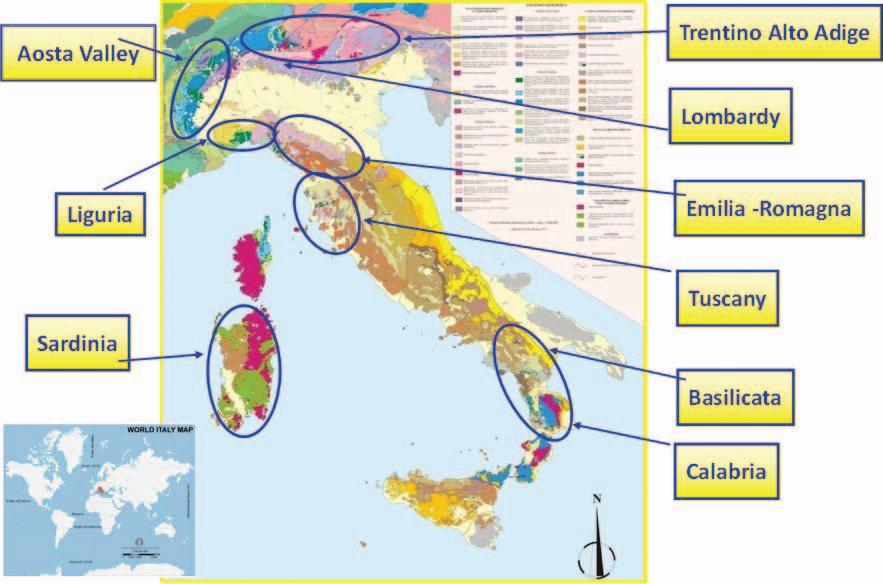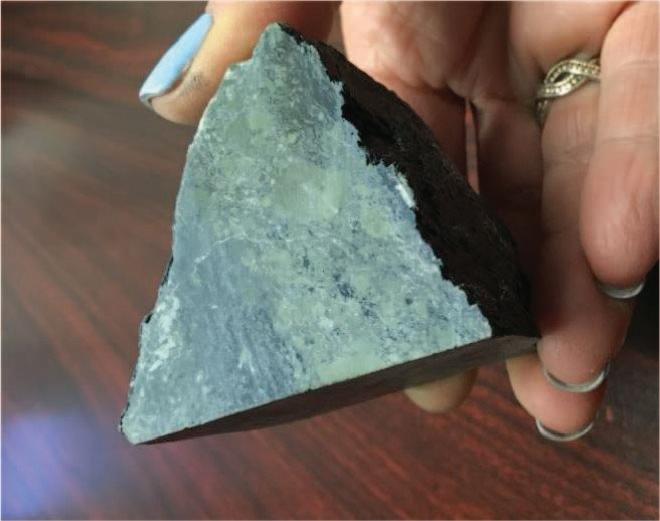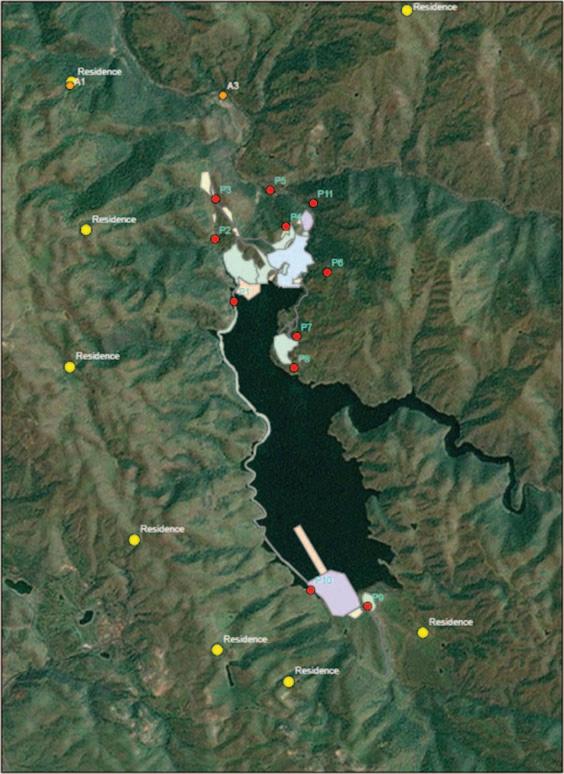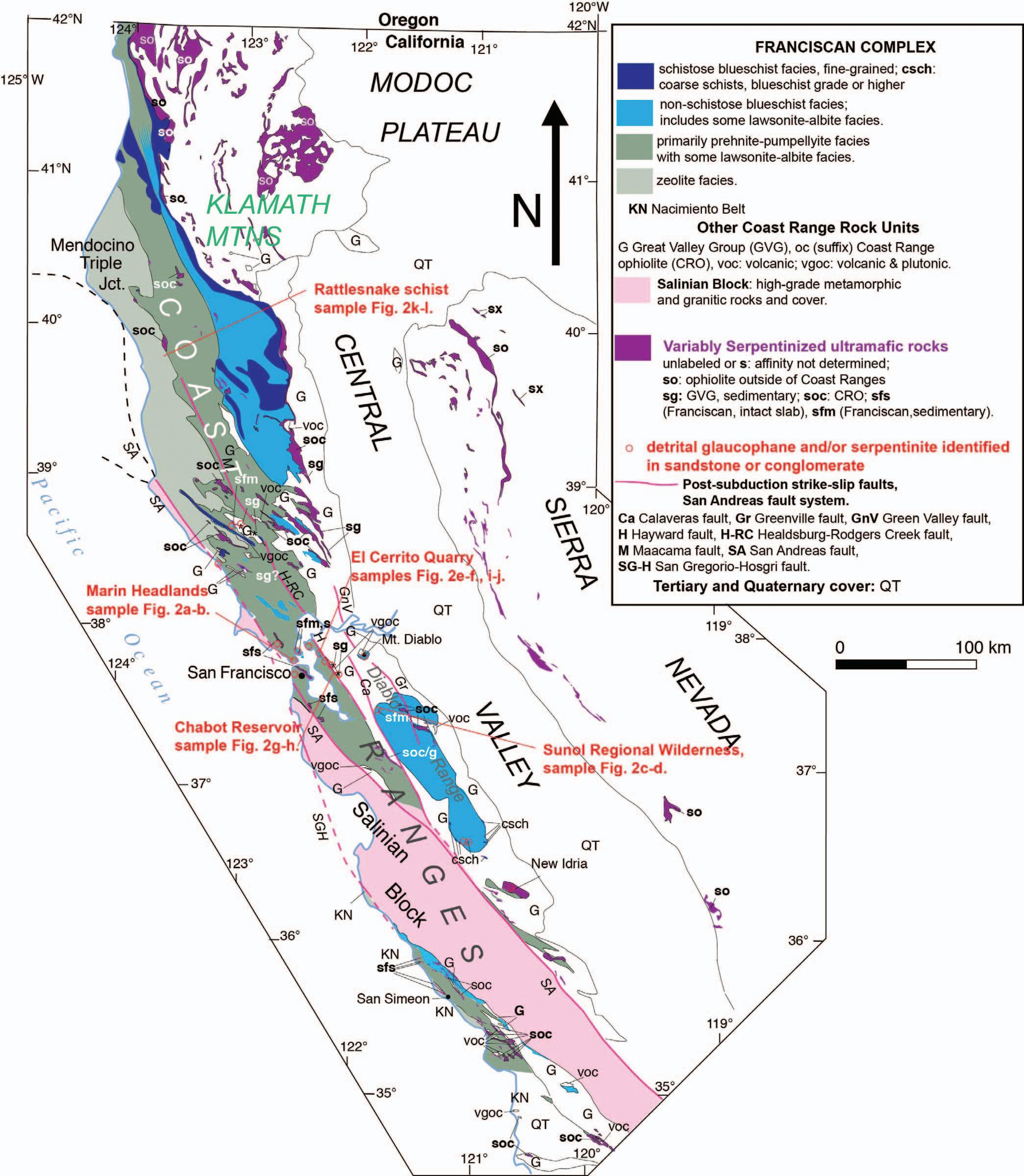Discerning Erionite from Other Zeolite Minerals during Analysis ROBYN RAY* EMSL Analytical, Inc., 200 Route 130 North, Cinnaminson, NJ 08070
Key Terms: Erionite, Transmission Electron Microscopy, Liquid Nitrogen Cryogenic Holder, Cold Stage, Offretite, Quantitative EDS, Asbestos ABSTRACT Erionite, a naturally occurring fibrous mineral that belongs to the zeolite group has been designated by the International Agency for Research on Cancer (IARC) as a Group 1 Carcinogen on the basis of mesothelioma, a disease also resulting from the inhalation of asbestos fibers. Significant outcrops of fibrous erionite have been reported in California, North Dakota, Nevada, Oregon, and other states. For geologists and industrial hygienists dealing with mining, construction, or various aspects of community protection, it is vital to understand the basics of detecting and handling erionite, since it is similar to asbestos and can cause similar disease. There are many fibrous zeolites, and discerning erionite from these other minerals requires modifications to current asbestos analysis methods. Without these modifications, identification and quantification are questionable and could increase the likelihood of both false negatives and false positives. There is currently no published method specific to erionite analysis; without guidance standards, each laboratory has approached erionite analysis independently. With a few small but significant changes to asbestos analysis methodologies, we developed a reproducible analytical procedure for rapid identification of erionite fibers in air, bulk, and soil samples by transmission electron microscopy (TEM). Using specialized preparation techniques, energy dispersive Spectrometry (EDS) calibrations, and a liquid nitrogen cryo-holder (cold stage), we were able to overcome the difficulties associated with erionite analysis. By incorporating these changes, commercial analytical laboratories can contribute reliable data to air-exposure studies and characterization guidelines, which may help in determining regulations and further understanding the health risks of erionite.
*Corresponding author email: rray@emsl.com
INTRODUCTION Erionite is a member of a large group of hydrated aluminosilicate minerals called zeolites. Zeolites are found in altered volcanic tuffs, ash, and the soils derived from them. In Turkey, these volcanic tuffs are used as building stone for houses (Carbone et al., 2011). Similar to asbestos mineral fibers, erionite mineral fibers have been shown to cause to cancer (International Agency for Research on Cancer [IARC], 2012; Saracci, 2015). Internationally, there are areas in Turkey (Dogan et al. (2008)) and Mexico (Ilgren et al., 2008; Kliment et al., 2009) where malignant mesothelioma has been attributed to erionite that was found in the local environment. There are several occurrences of erionite worldwide. In the United States, it is predominately found in the intermountain west: California, North Dakota, Nevada, Oregon, and other states (Van Gosen et al., 2013, Van Gosen et al. (1996), USGS (1996)). Erionite has not been mined for commercial use since the late 1980s (National Toxicology Program [NTP], 2004). Therefore, many commercial laboratories focusing on asbestos in bulk building material are inexperienced in handling erionite. In fact, in 2009, when erionite was provided as an unknown sample on the transmission electron microscopy (TEM) proficiency round for the National Voluntary Laboratory Accreditation Program (NVLAP), only 3 out of 76 accredited laboratories identified it as erionite (National Institute of Standards and Technology, 2009). Erionite is not regulated as an asbestos mineral in the United States, and no exposure limits have been published. The potency of erionite has been shown in animal studies, where erionite is 500–800 times more tumorigenic than chrysotile and 200 times more tumorigenic than crocidolite (Carbone et al., 2011). Exposure to erionite may occur during mining and production of other zeolites where erionite is found as a contaminant (Rom et al., 1983). Erionite-related diseases are being studied among road construction and maintenance workers who may have been exposed to erionite containing gravel used in road surfacing (National Institute of Occupational Safety and Health [NIOSH], 2014). In 2017, the Nevada Department of Transportation (NDOT) started conducting
Environmental & Engineering Geoscience, Vol. XXVI, No. 1, February 2020, pp. 133–139
133





















